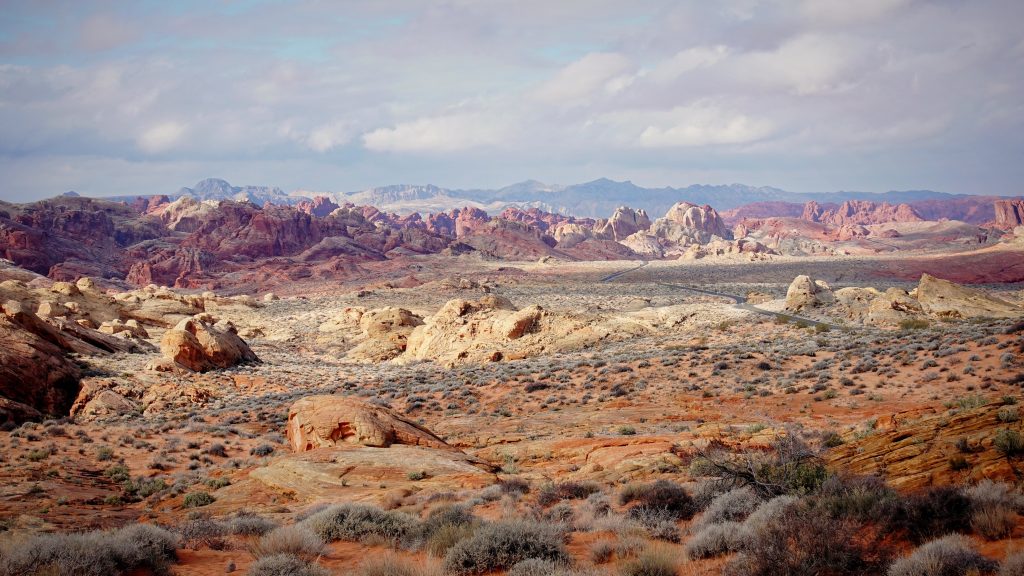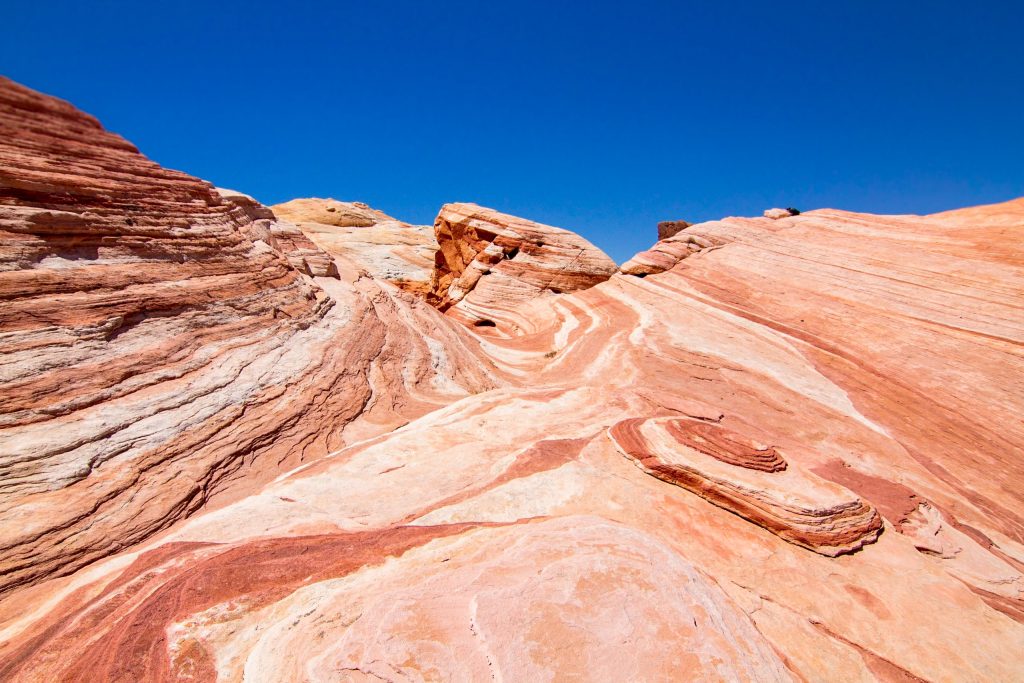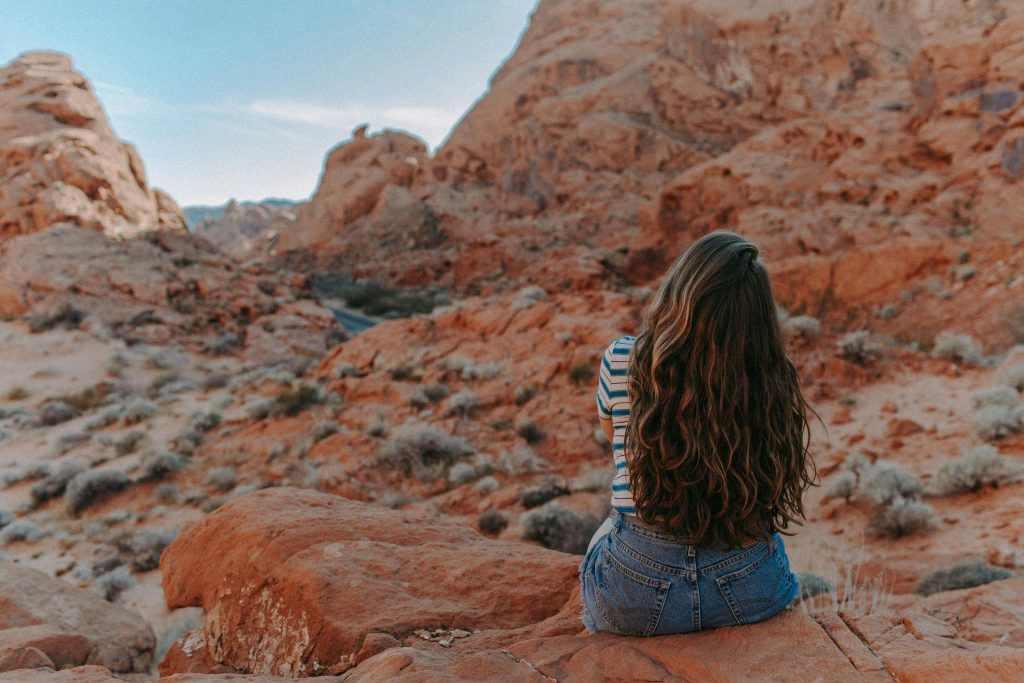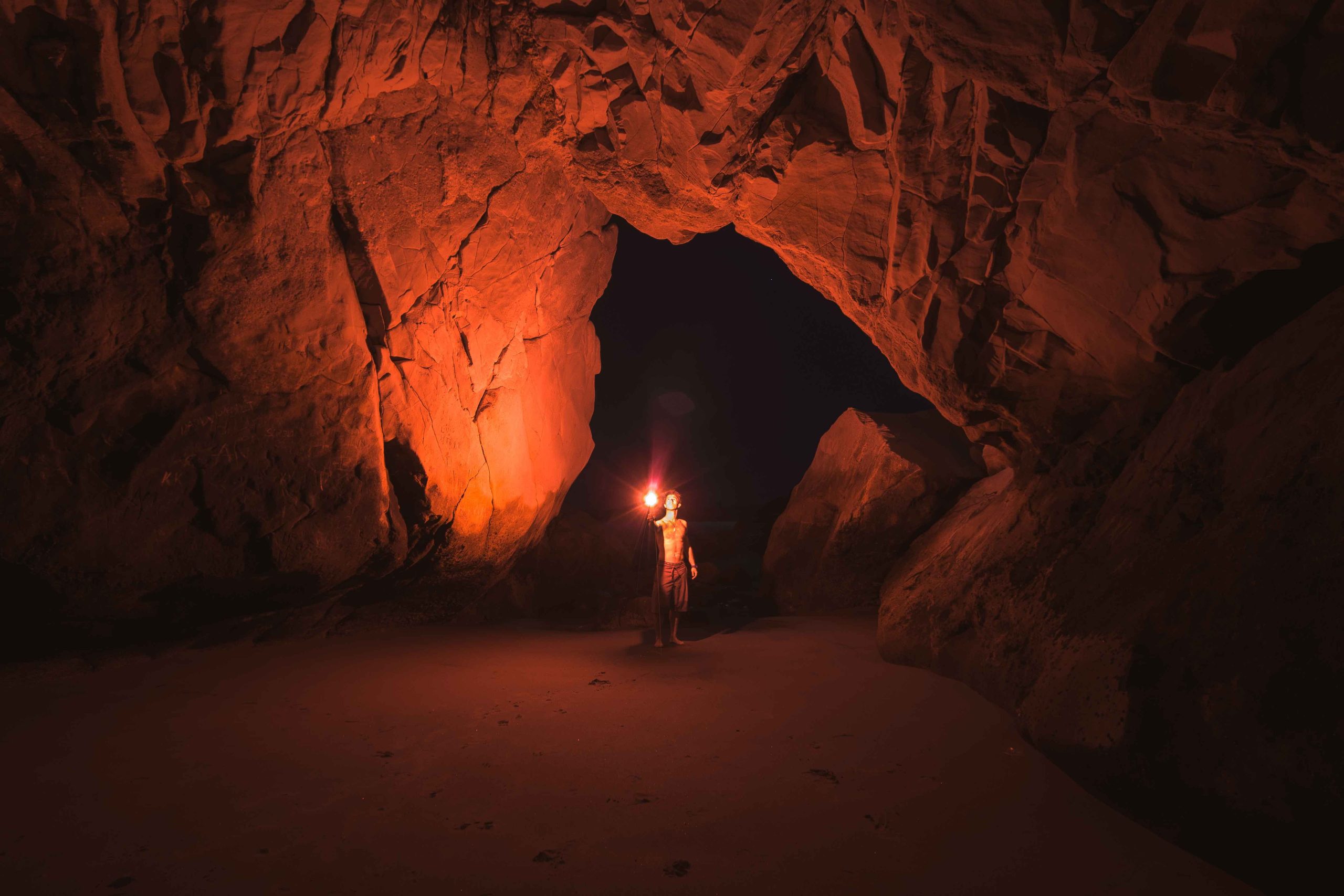Nestled within the Mojave Desert of Nevada, Valley of Fire State Park stands as a testament to the awe-inspiring beauty of the natural world. Its fiery red sandstone formations, sculpted by wind and water over millions of years, create a visual spectacle that leaves visitors in awe. For those seeking an unforgettable camping experience immersed in breathtaking landscapes, camping in Valley of Fire State Park is a true visual delight.
In this comprehensive guide, we’ll explore the wonders of Valley of Fire, offer tips for camping, and showcase the mesmerizing sights that await you in this otherworldly desert oasis.
Unveiling the Beauty of Valley of Fire
Vibrant Red Sandstone Formations: The park gets its name from the striking red sandstone formations that dominate the landscape. These massive, fiery-red rocks seem to ignite in the sunlight, creating a surreal and captivating spectacle. Key formations include the Fire Wave, Rainbow Vista, and White Domes.
Petroglyphs and Ancient History: Valley of Fire is home to petroglyphs dating back over 2,000 years. These ancient etchings on the rocks provide a glimpse into the lives and cultures of the indigenous people who once inhabited this area. At Atlatl Rock and Mouse’s Tank, you can view some of these remarkable petroglyphs.
Diverse Wildlife: Despite the harsh desert environment, Valley of Fire is teeming with wildlife. Keep an eye out for bighorn sheep, desert tortoises, and a variety of reptiles and birds. The park’s unique flora and fauna thrive in this arid ecosystem.
Stargazing Paradise: The absence of city lights makes Valley of Fire an exceptional destination for stargazing. On a clear night, the desert sky comes alive with countless stars and celestial wonders. Set up your telescope or simply lay back and marvel at the cosmos.
Planning Your Camping Adventure

Camping Options: The park provides two main campgrounds: Atlatl Rock Campground and Arch Rock Campground. Atlatl Rock offers more amenities, including water and restrooms, while Arch Rock is more primitive. Both campgrounds provide a unique experience, so choose the one that suits your preferences.
Reservations: Reservations are strongly recommended, especially during the peak season (fall and spring) when the park is most popular. You can make reservations through the Nevada State Parks website.
Fees: Be prepared to pay camping fees, which vary based on the campground and the amenities available. Check the official park website for the most up-to-date fee information.
Weather Considerations: Valley of Fire experiences extreme temperatures, with scorching summers and chilly winters. It’s best to visit in the milder seasons of spring and fall to enjoy comfortable camping conditions.
Water and Supplies: Water is available at Atlatl Rock Campground, but it’s a good idea to bring your own supply. Additionally, stock up on food and camping supplies before arriving, as there are limited options for purchasing essentials nearby.
Leave No Trace: Always adhere to the Leave No Trace principles. Respect the fragile desert ecosystem by disposing of trash properly and staying on designated trails.
Must-See Sights in Valley of Fire

The Fire Wave: This mesmerizing sandstone formation resembles a rolling wave frozen in time. The swirling patterns and vibrant colors make it a photographer’s dream. Hike the Fire Wave Trail to witness this natural wonder up close.
Rainbow Vista: The overlook at Rainbow Vista offers panoramic views of the park’s colorful landscape. The vibrant hues of red and white sandstone are truly captivating, especially during sunrise or sunset.
White Domes Trail: This short but scenic hike takes you through a slot canyon and past the unique white sandstone formations of White Domes. The contrast between the white rock and the surrounding red sandstone is striking.
Mouse’s Tank: Named after an outlaw who used it as a hideout, Mouse’s Tank is a narrow slot canyon where water collects after rains. It’s a haven for desert vegetation and provides a peaceful, shaded hike.
Elephant Rock: As the name suggests, Elephant Rock resembles a massive elephant standing amidst the desert landscape. It’s a favorite among hikers and photographers and is easily accessible from the main road.
Capturing the Beauty: Photography Tips

Golden Hours: The hour after sunrise and the hour before sunset, known as the golden hours, provide the best lighting for capturing the park’s vibrant colors. Plan your hikes and photo shoots accordingly.
Wide-Angle Lenses: Wide-angle lenses are ideal for capturing the vast landscapes and unique rock formations. They allow you to include more of the stunning surroundings in your frame.
Use a Tripod: To achieve sharp, well-exposed images, especially during low light conditions, use a tripod. It stabilizes your camera and allows for longer exposure times.
Filters: Consider using polarizing and graduated neutral density filters to enhance your photos. Polarizers reduce glare and enhance colors, while graduated filters help balance the exposure between the bright sky and the land.
Explore Different Angles: Don’t be afraid to get low or high to find unique angles and perspectives. Crouch down to capture foreground elements or climb elevated areas for a bird’s-eye view.
Safety in the Desert

Hydration: Stay well-hydrated, especially during the scorching summer months. Carry an adequate supply of water and drink regularly to prevent dehydration.
Sun Protection: Protect yourself from the intense desert sun by wearing sunscreen, a wide-brimmed hat, and sunglasses. Consider lightweight, long-sleeved clothing to shield your skin.
Trail Etiquette: Stick to designated trails and respect wildlife. Do not disturb or feed animals, and avoid trampling fragile desert flora.
Emergency Supplies: Carry essential emergency supplies, including a first-aid kit, map, compass or GPS, and a fully charged cellphone. Cellular reception can be limited in some areas of the park.
Inform Others: Let someone know your camping plans and expected return time. In case of an emergency, it’s crucial that someone is aware of your whereabouts.
Conclusion
Camping in Valley of Fire State Park is an opportunity to immerse yourself in one of nature’s most breathtaking displays of color and beauty. From the fiery red sandstone formations to the ancient petroglyphs and diverse wildlife, this park offers a sensory feast for nature enthusiasts and photographers alike. Whether you’re hiking the trails, stargazing under the desert sky, or capturing the vibrant landscapes with your camera, Valley of Fire is sure to leave an indelible mark on your soul. Plan your camping adventure and get ready to experience the visual delight that is Valley of Fire State Park.

